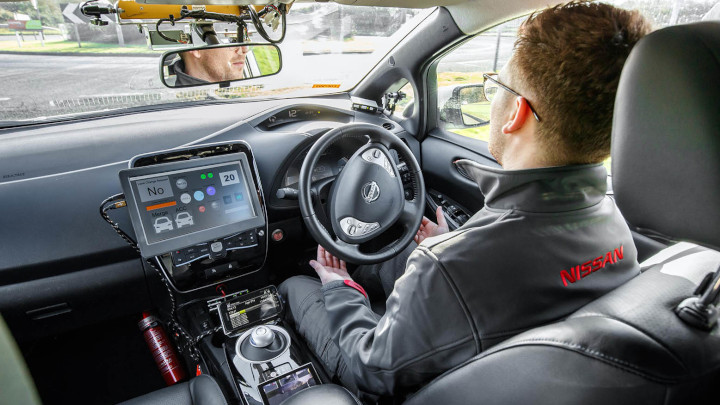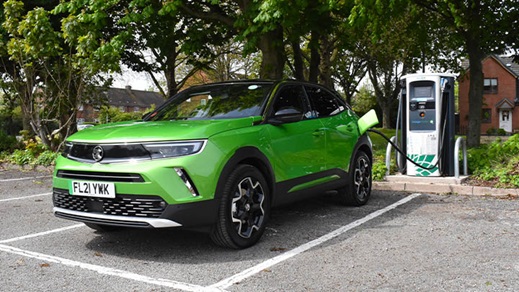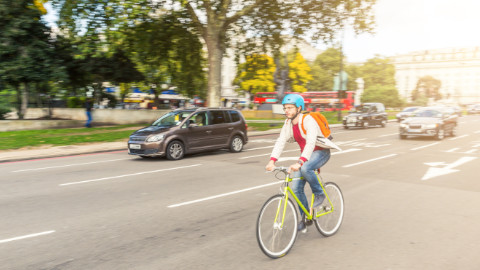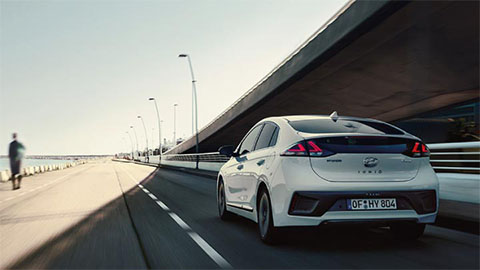Green Light for Self-Driving Cars
21st Apr 2022
Self-driving technology has been given the green light by the Government after it approved changes to the Highway Code.
Under the move, drivers will be able to experience the full benefits of the first self-driving vehicles as they arrive – a roll-out which could start before the end of the year.
Changes to the Highway Code announced recently will help ensure the first wave of technology will be used safely, explaining that while travelling in self-driving mode, motorists must be ready to resume control in a timely way if they are prompted to – such as when they approach motorway exits.
The plans also include a change to current regulations allowing drivers to view content that isn't related to driving on built-in display screens, while the self-driving vehicle is in control.
It will, however, still be illegal to use mobile phones in self-driving mode.
Mike Hawes, chief executive of industry group the Society of Motor Traders and Manufacturers, said: “Amending the Highway Code to reflect the pace of technological change will help clarify what motorists can and can’t do when a self-driving feature is engaged, so promoting its safe use.
“The technology could be available in the UK later this year and, with the right regulations in place, consumers are set to benefit from safer, more efficient journeys while the UK will strengthen its position as a global leader in the deployment of self-driving technology.”
Companies such as Land Rover, Hyundai, Nissan and BMW have been leading the charge to develop autonomous vehicles with models such as the latest Range Rover, the BMW 7 Series, the all-electric Hyundai Ioniq and the Nissan Leaf.
The introduction of the technology is likely to begin with vehicles travelling at slow speeds on motorways, such as in congested traffic.
The Government announced in April last year that vehicles fitted with automated lane keeping systems could be the first example of self-driving technology.
Designed for use on a motorway in slow traffic, the system enables a vehicle to drive itself in a single lane, up to 37mph, while maintaining the ability to return control easily and safely to the driver when required.
Transport Minister Trudy Harrison said: “This is a major milestone in our safe introduction of self-driving vehicles, which will revolutionise the way we travel, making our future journeys greener, safer and more reliable.
“This exciting technology is developing at pace right here in Great Britain, and we’re ensuring we have strong foundations in place for drivers when it takes to our roads.
“In doing so, we can help improve travel for all while boosting economic growth across the nation and securing Britain’s place as a global science superpower.”
The Government estimates the development of self-driving vehicles could create around 38,000 new, high-skilled jobs within Britain’s industry that would be worth £41.7 billion by 2035.
The move was welcomed by Steve Gooding, director of the RAC Foundation, who said: “Self-driving technology in cars, buses, and delivery vehicles could spark the beginning of the end of urban congestion, with traffic lights and vehicles ‘speaking’ to each other to keep traffic flowing, reducing emissions and improving air quality in our towns and cities.
“The technology could also improve access to transport for people with mobility issues and lead to more reliable public transport services, helping to level-up access to transport in historically disconnected and rural areas.”
The Government expects to have a full regulatory framework in place to support the widespread deployment of the technology by 2025, helping to make the movement of people and goods safer, greener and more efficient.
The technology could improve road safety across Britain by reducing human error, which is a contributory factor in 88 percent of all recorded road collisions.





